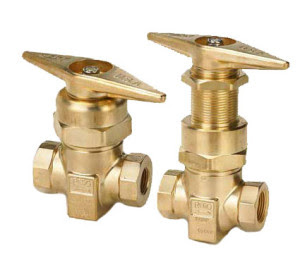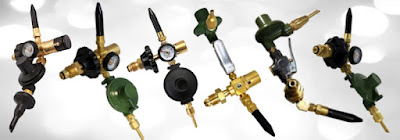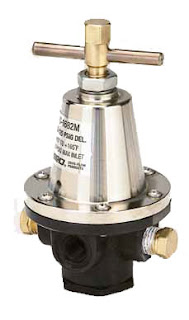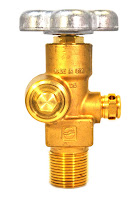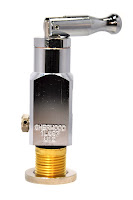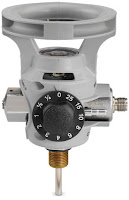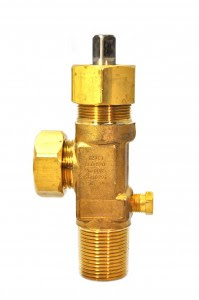CO2 Cylinders - Storing of CO2 Cylinders
Anyone storing CO2 cylinders should be aware of the hazards associated with CO2 and should be trained in safe practices of storing CO2 cylinders. Below is a list of suggested safe storage practices of CO2 cylinders.
1. CO2 cylinders should always be stored in a specified area. The storage area should:
a. Be well ventilated. Small concentrations of CO2, as little as 15%, can cause loss of consciousness in less than one minute.
b. Be away from the edge of any elevated area. Falling CO2 cylinders from elevated areas can cause damage to the cylinder, valve, property and personnel.
c. Be away, or protected, from areas with high traffic. Areas of high traffic only increase the chance of an accident occurring.
d. Be dry and free of a corrosive atmosphere
e. Have adequate means to secure all cylinders stored in the area. The means of securing should be sufficient enough to hold the cylinders in place, while not causing damage to the cylinders.
f. Be a continuously cool place. Do not store cylinders adjacent to any source of heat, continuous or intermittent. *For more information regarding the dangers of overheating CO2 cylinders, please visit our blog next week*.
2. Never store a charged CO2 cylinder in a passenger vehicle or in the cab portion of any vehicle.
Empty Co2 cylinders should be stored with the valve tightly closed.
3. Cylinders can be stored standing upright on their base or lying on their side, although it is highly recommended that all
4. CO2 cylinders should be stored as designed, standing upright on their flat base.
5. Cylinders should never be stored where they might become part of an electrical circuit.
6. Cylinders, which have been manufactured to accommodate a valve protective carry handle or a protective cap, should be stored with these accessories installed and in place.
Including all the above in practices of storing CO2 cylinders safely should enhance the safety of all personnel, equipment, and property.
For more information regarding technical support documents on cylinders, please visit www.cganet.com.
Source - https://www.evergreenmidwest.com/blog/2018/02/26/storing-co2-cylinders/
1. CO2 cylinders should always be stored in a specified area. The storage area should:
a. Be well ventilated. Small concentrations of CO2, as little as 15%, can cause loss of consciousness in less than one minute.
b. Be away from the edge of any elevated area. Falling CO2 cylinders from elevated areas can cause damage to the cylinder, valve, property and personnel.
c. Be away, or protected, from areas with high traffic. Areas of high traffic only increase the chance of an accident occurring.
d. Be dry and free of a corrosive atmosphere
e. Have adequate means to secure all cylinders stored in the area. The means of securing should be sufficient enough to hold the cylinders in place, while not causing damage to the cylinders.
f. Be a continuously cool place. Do not store cylinders adjacent to any source of heat, continuous or intermittent. *For more information regarding the dangers of overheating CO2 cylinders, please visit our blog next week*.
2. Never store a charged CO2 cylinder in a passenger vehicle or in the cab portion of any vehicle.
Empty Co2 cylinders should be stored with the valve tightly closed.
3. Cylinders can be stored standing upright on their base or lying on their side, although it is highly recommended that all
4. CO2 cylinders should be stored as designed, standing upright on their flat base.
5. Cylinders should never be stored where they might become part of an electrical circuit.
6. Cylinders, which have been manufactured to accommodate a valve protective carry handle or a protective cap, should be stored with these accessories installed and in place.
Including all the above in practices of storing CO2 cylinders safely should enhance the safety of all personnel, equipment, and property.
For more information regarding technical support documents on cylinders, please visit www.cganet.com.
Source - https://www.evergreenmidwest.com/blog/2018/02/26/storing-co2-cylinders/
